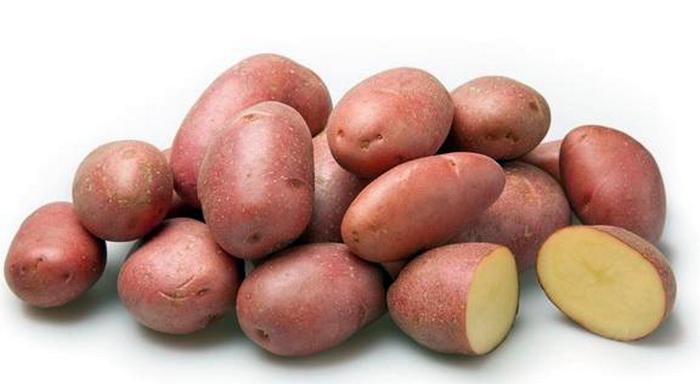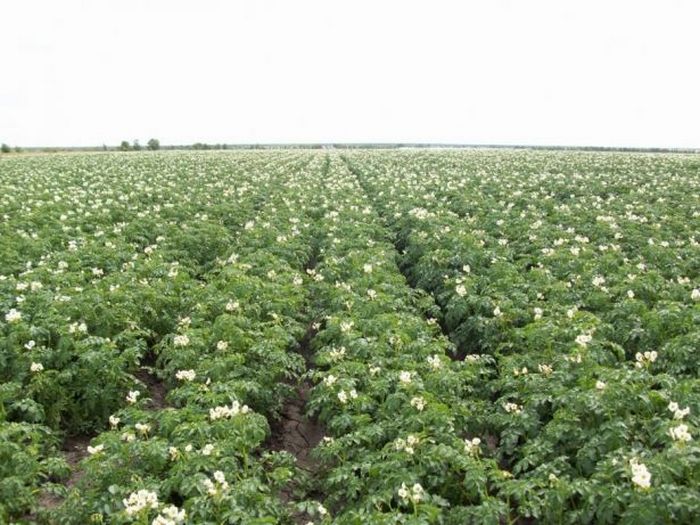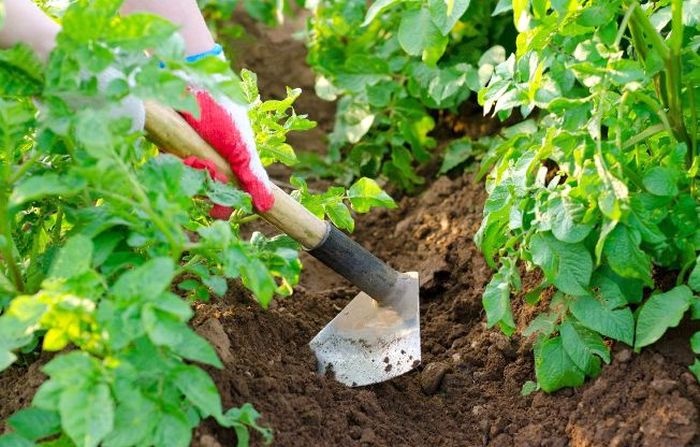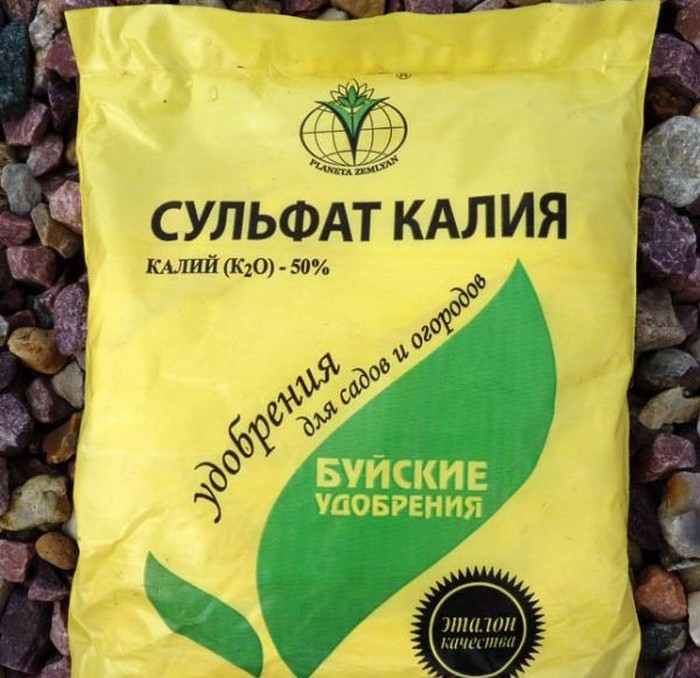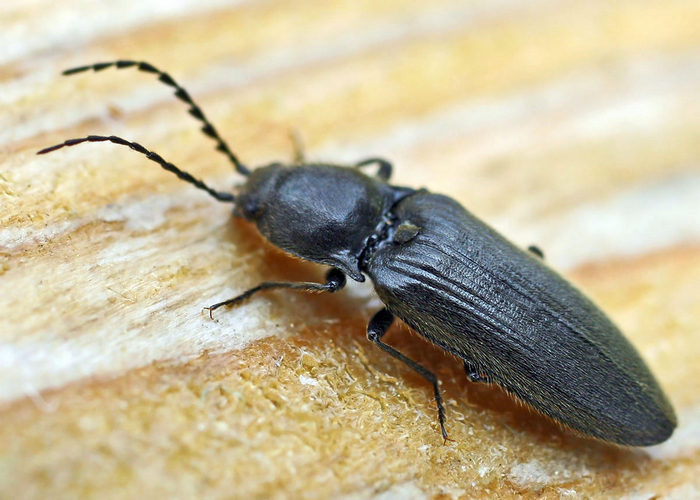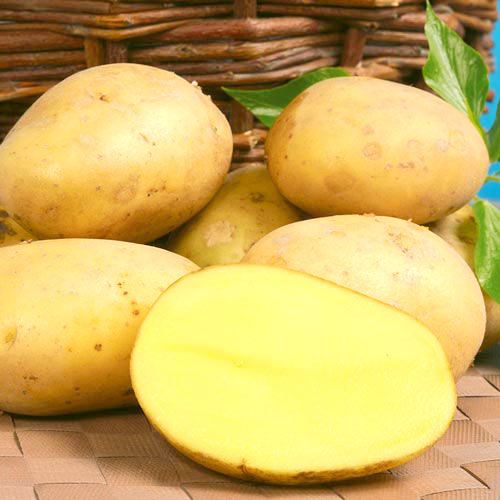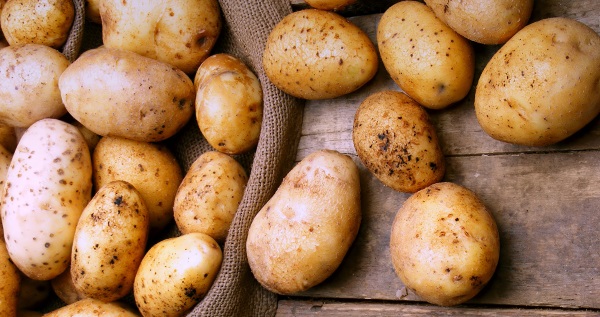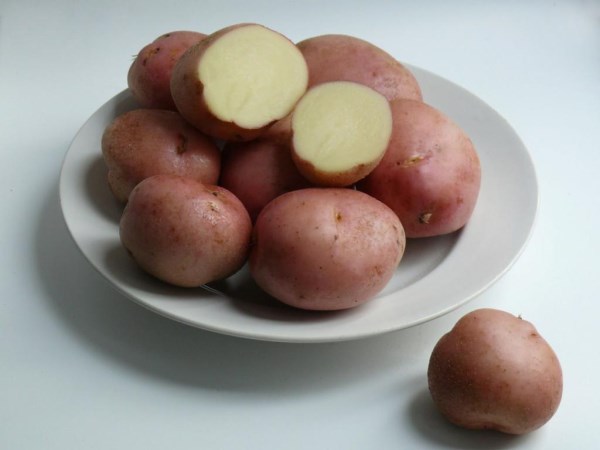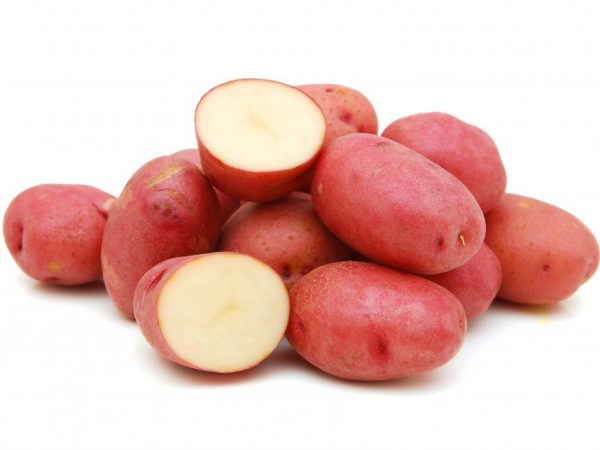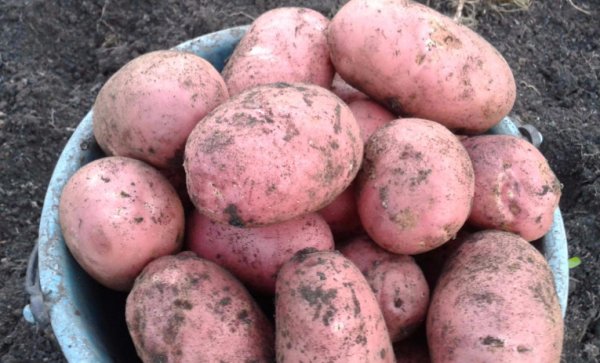Content:
Potatoes are grown by many gardeners and gardeners. Many of them prefer Labella, or labella. This is due to its high yield, keeping quality and excellent culinary and taste characteristics.
History of creation
Labella potatoes are the development of German breeders. In Russia, the potato variety has been allowed for cultivation since 2011. It was then that he was entered into the State Register and was recommended for planting in the Central, Central Black Earth, Volgo-Vyatka, North Caucasus and Far Eastern regions. It should be noted that by now the geography of planting this potato variety has expanded significantly. Nowadays, potatoes can be seen in almost all areas.
Characteristics of the variety
The Libella varietal potato is a not too tall and compact shrub with erect stems. During the growing season, the culture does not scatter shoots. The leaves are deep green. They are not large enough, wavy around the edges.
The Lobelia potato variety blooms with purple flowers with a barely noticeable shade of pinkish color.
According to the description of the variety, the root system of the Anabel potato is quite well developed. From one bush, you can get about 15 even tubers. All tubers are quite large. Their weight varies from 80 to 100 grams.
The dark red eyes of the Libella potato are located on the surface. The potatoes themselves are generally smooth, with a thin pinkish-red skin. The flesh of the fruit is dense, light yellow in color.
Agrotechnics
Labella is usually planted in fertile soil. Before planting, the tubers must be germinated without fail. To do this, remove the seed from the store about a month before planting.
It is necessary to plant this variety of potatoes at a distance of about 70 centimeters, and the distance between the holes should be about 30 centimeters.
The tubers should be carefully spread over the holes, taking care not to break the thin shoots. If the area for planting is relatively small, then in addition a guest of wood ash should be thrown into the hole.
If you study the Labella potato variety description, you can find out that the culture does not differ in whimsical care. In general, all agrotechnical activities are reduced to loosening, hilling, weeding and processing from harmful insects and pests.
Loosening
Already after a short period of time after the Lobelia potatoes are planted, weeds begin to appear. There is no need to wait until they have time to grow and get stronger. Loosening will reliably rid the area of any unwanted vegetation. In addition, this procedure will enrich the soil with oxygen.
Watering
Labella potatoes, by their characteristics, are distinguished by a high indicator of drought tolerance, therefore, watering is required for the plant exclusively in dry times. In this case, 12 to 15 liters of water should be poured under each bush.
Hilling
As for hilling, this is one of the most significant agrotechnical measures that must be carried out when growing potatoes. This is due to the fact that the additional amount of soil significantly contributes to the growth of underground shoots of the culture, on which the formation of tubers occurs.
Labella varietal potatoes should be spud twice a season. The first hilling is necessary when the shoots grow to a height of 15 to 20 cm, and the second - a couple of weeks after the first. It is important to have time to complete the manipulation before the potato tops close over the rows.
Feed
Like any other crop, potatoes need feeding. The presence in the soil of a sufficient amount of nutrients is one of the important conditions for the quality and taste of the crop after ripening to remain at a height.
Some gardeners soak planting material in urea. To do this, 1 spoon of fertilizer is diluted in a bucket of water. The second fertilization of the crop is required already during the period of bud formation. This time they use potassium sulfate and wood ash (also diluted in water).
The last dressing is required during mass flowering. The procedure is necessary in order for the tubers to form faster. At this stage, organic matter is used to fertilize the Labella variety: chicken manure, cow dung or fermented grass.
Disease and pest control
The main feature and amazing property of the Labella variety is its high resistance to the development of most diseases and parasites. But since several different varieties of potatoes are often planted within one planting site, among them there may be those that have weak immunity, and therefore certain preventive measures are still necessary.
When the first signs of planting disease appear, it is imperative to use herbicides. In this case, the bushes treated with herbicides will need to be dug out before the others, and the tops should be burned.
If the situation with diseases in general is not too gloomy, then gardeners will have to fight with harmful insects. The click beetle (wireworm), or rather, its larvae, as well as the Colorado potato beetle, can harm young club beetles.
In the fight against the first, wood ash will help, which should be sprinkled on each bush. In the case of the Colorado potato beetle, you will have to work hard - the insects and their larvae are collected by hand.
Advantages and disadvantages of the variety
Like any other variety of potatoes, Labella has both pros and cons. Among the advantages are the following:
- approximately the same size of fruits;
- high yield rate (up to 300 kg per one hundred square meters);
- unpretentiousness and ease of care;
- drought resistance;
- high taste characteristics and versatility in use;
- excellent keeping quality (preservation index is not less than 98%, subject to storage conditions);
- marketable condition;
- good transportability;
- relatively fast ripening period;
- disease resistance.
The variety has only one drawback - it is low frost resistance. A small freeze is enough for the potatoes to be severely damaged. In this regard, the variety is recommended to be planted with caution in regions unstable from a weather and climatic point of view.
